Malta caught me completely off guard. What started as a spontaneous Mediterranean getaway turned into one of my most memorable trips ever. Stepping into Valletta’s sunny streets, with golden limestone buildings towering above and the deep blue sea peeking through at every turn, I knew this tiny island nation would leave a lasting impression.
After spending 10 incredible days exploring the best things to do in Malta, from wandering through the silent medieval streets of Mdina to watching the azure waves crash against the cliffs at the Blue Grotto, I couldn’t believe how much was packed into such a small place. Trust me, this isn’t just another European beach destination. Here are the experiences that made me fall hard for this fascinating slice of the Mediterranean.
Coolest things to do in Malta at a glance
Trying to build the perfect Malta itinerary? Here’s a quick breakdown of the coolest and most bucket list worthy highlights, organized by interest. Click any item below to jump to that section in the guide.
- Best Historic Town: The Silent City of Mdina
- Best Capital City Experience: Valletta
- Best Off-the-Beaten-Path Charm: The Three Cities
- Best Island Getaway: The Island of Gozo
- Best Swimming and Snorkeling Spot: The Blue Lagoon and Comino Island
- Best Laid-Back Local Vibe: Rabat
- Most Mind-Blowing Ancient Site: Ħal Saflieni Hypogeum
- Best Prehistoric Temples (Above Ground): Tarxien Temples & Ħaġar Qim Temples
- Best Coastal Viewpoint: Dingli Cliffs
- Best Beach for Relaxation: Golden Bay Beach
- Best Natural Wonder: The Blue Grotto
For a well-balanced trip, I recommend 2–3 days in Valletta, a full day in Gozo, and day trips to Mdina, Comino, and the southern temples. Malta is small, so you can base yourself in one spot and explore from there…either by rental car or public transport with a little planning.

1. The Silent City of Mdina
Wandering through Mdina feels like you’ve stumbled into a movie set. Nicknamed the “Silent City,” this hilltop town is packed with medieval architecture, narrow alleys, and sweeping views of the island. The silence isn’t forced—it just naturally wraps around you, making every step feel like a pause in time. It’s not crowded, either, which makes the experience even more surreal.
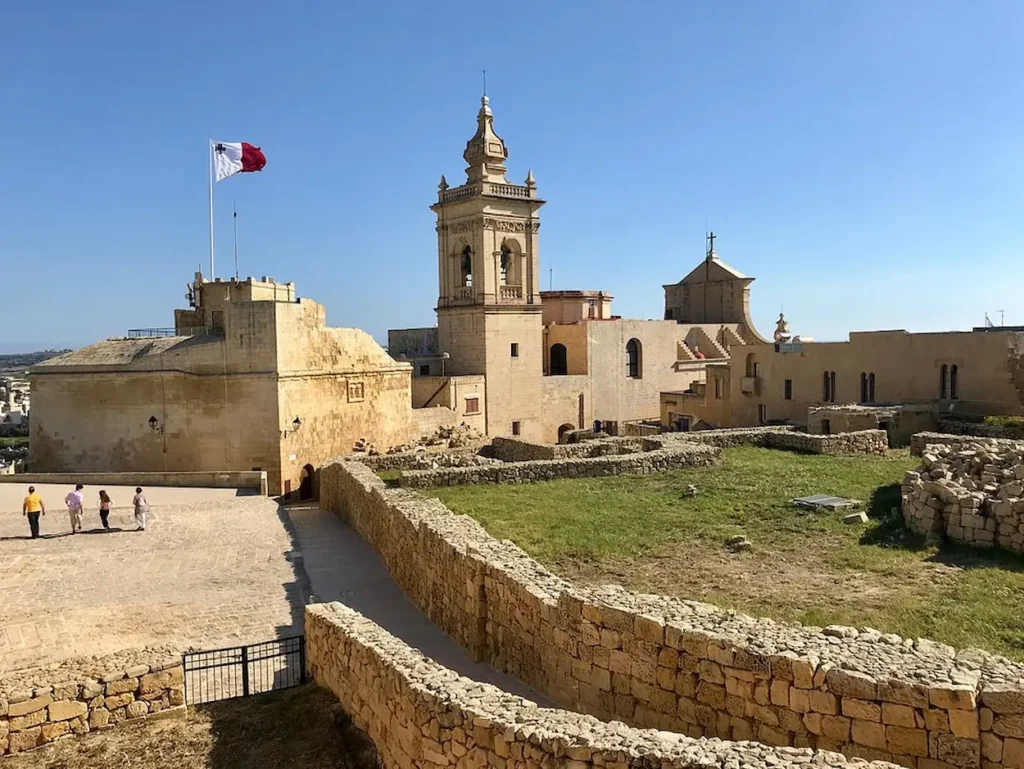
I visited Mdina late in the afternoon, and by the time the sun began to set, the whole place was glowing. I grabbed a table at Fontanella Tea Garden, ordered a slice of cake, and watched the island turn golden from the bastion walls. If you go, check out the Mdina Cathedral and pop into Palazzo Falson for antique-filled rooms. Whether you explore it by day or night, Mdina leaves an impression that’s hard to shake.

2. The Vibrant Capital: Valletta
Valletta isn’t just Malta’s capital—it’s a tightly packed city of forts, fountains, balconies, and Baroque cathedrals. Every block feels historic. You’ll find sites like St. John’s Co-Cathedral, where Caravaggio’s art sits under gold-leaf ceilings, and Upper Barrakka Gardens, with panoramic views over the Grand Harbour.
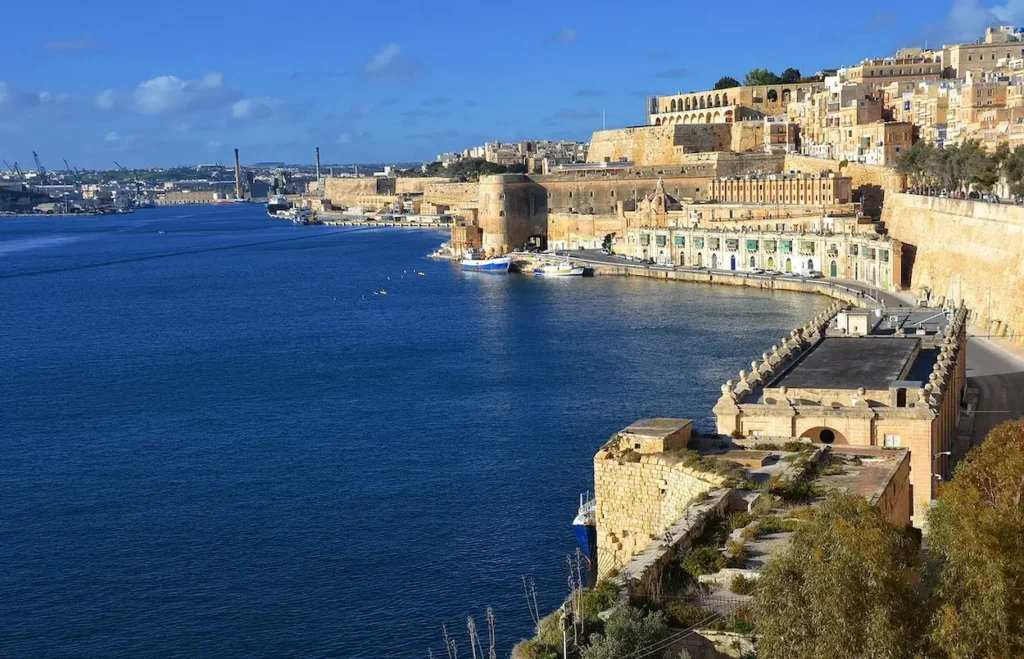
During my visit, I wandered from museum to café, stopping for fresh pastizzi and espresso. The city’s layout makes it easy to explore on foot. You can walk the main streets like Republic Street and find both high-end shops and tiny family-run bakeries tucked between stone alleys.
At night, the city transforms—wine bars spill out onto cobbled squares, and live music adds a fun energy. For a small capital, Valletta really punches above its weight. If you’re into history, design, or people-watching with a drink in hand, you’ll love this place.

3. The Three Cities: Birgu, Senglea, and Cospicua
Across from Valletta, the Three Cities—Birgu (Vittoriosa), Senglea, and Cospicua—offer an authentic and quieter slice of Maltese life. These fortified towns are steeped in history, with narrow passageways, weathered stone walls, and views across the Grand Harbour that rival anything on the main island.
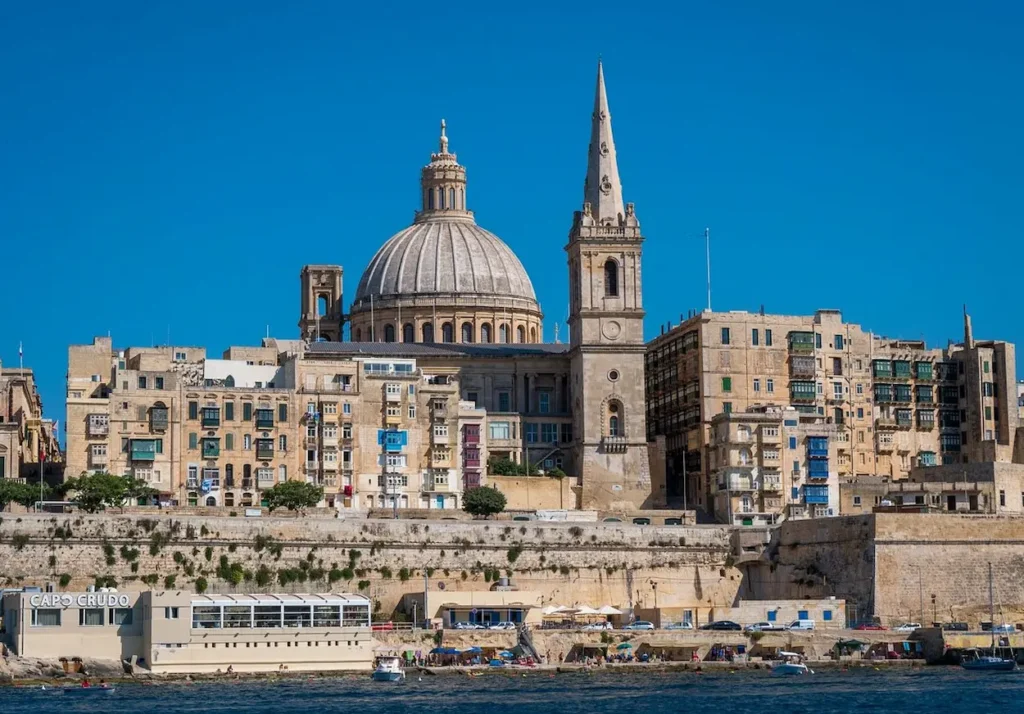
I spent a few hours in Birgu, walking past moored yachts, stopping at Fort St. Angelo, and stumbling into local bakeries. Senglea’s Gardjola Gardens is a must—the lookout tower has views of Valletta that are perfect for photos.
Cospicua, often the least crowded, still offers charm and access to the Dockyard Creek area. These towns are connected by ferry and totally walkable. If you’re looking to ditch the crowds without losing the beauty, the Three Cities make a solid half-day escape. History, views, and real neighborhood vibes—it’s all here.

4. The Island of Gozo
If you want to slow down, take the ferry to Gozo. The island feels miles away from Malta’s busier vibe, even though it’s just a short ride. Expect rolling fields, cliffside churches, and fewer crowds. Victoria, the capital, is small but packed with charm—don’t miss the Citadel, which has views over nearly the whole island.
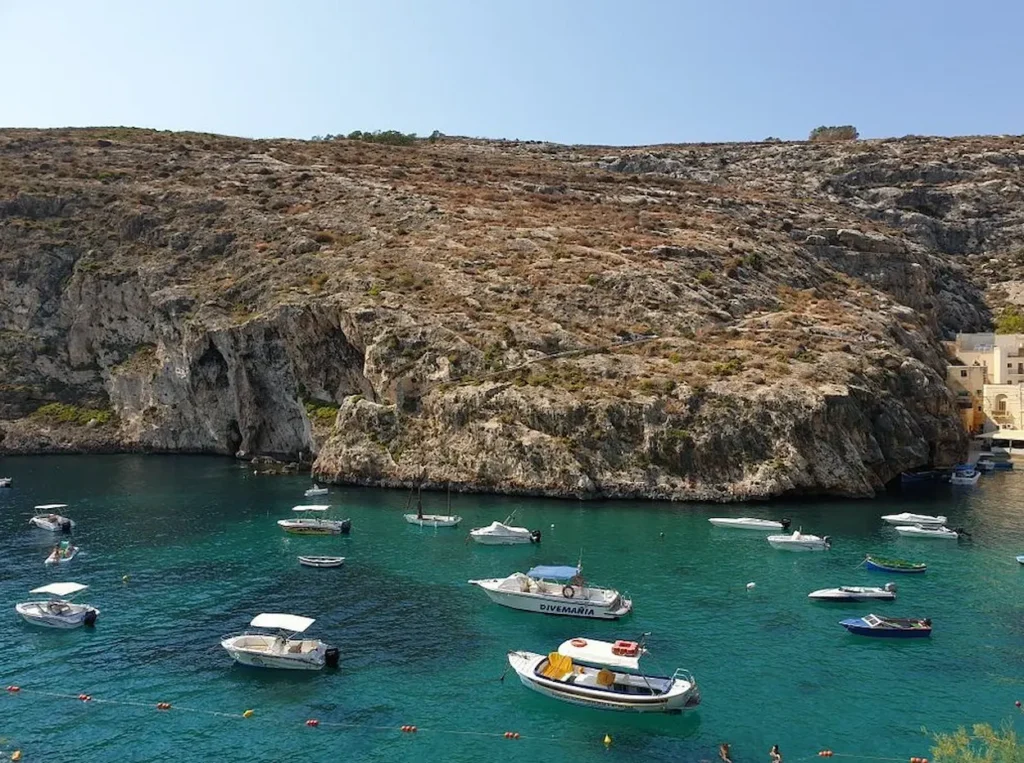
I went swimming at Ramla Bay, where the sand has a reddish tint and the water is perfectly clear. It’s also worth checking out the Ggantija Temples, which predate the pyramids. For nature lovers, the coast near Dwejra offers dramatic cliffs and the Blue Hole, a hotspot for divers. Gozo feels like rural Mediterranean life at its best—simple, beautiful, and easy to explore. If you have a day or two to spare, this island deserves a spot on your Malta itinerary.

5. The Blue Lagoon and Comino Island
The Blue Lagoon on Comino Island is the kind of place that looks filtered in real life. The water is so clear and turquoise it almost doesn’t feel real. I took a boat from Ċirkewwa, and the ride itself was scenic, passing cliffs and hidden coves. Once there, I spent the afternoon swimming, sunbathing, and floating in warm, shallow water.
✈️ My #1 Tip for Cheap Flights:
If you’re not using Going, you’re probably overpaying for flights. I’ve scored roundtrips to Europe for under $300 - and I never would’ve found them on Google Flights.
Their free version is great, but Premium is where the real magic happens. I recommend doing the 14-day free trial. And right now, you can get 25% off Premium or Elite with my code: JON25.
Seriously, it’s the best travel decision I’ve ever made (in 8+ years).
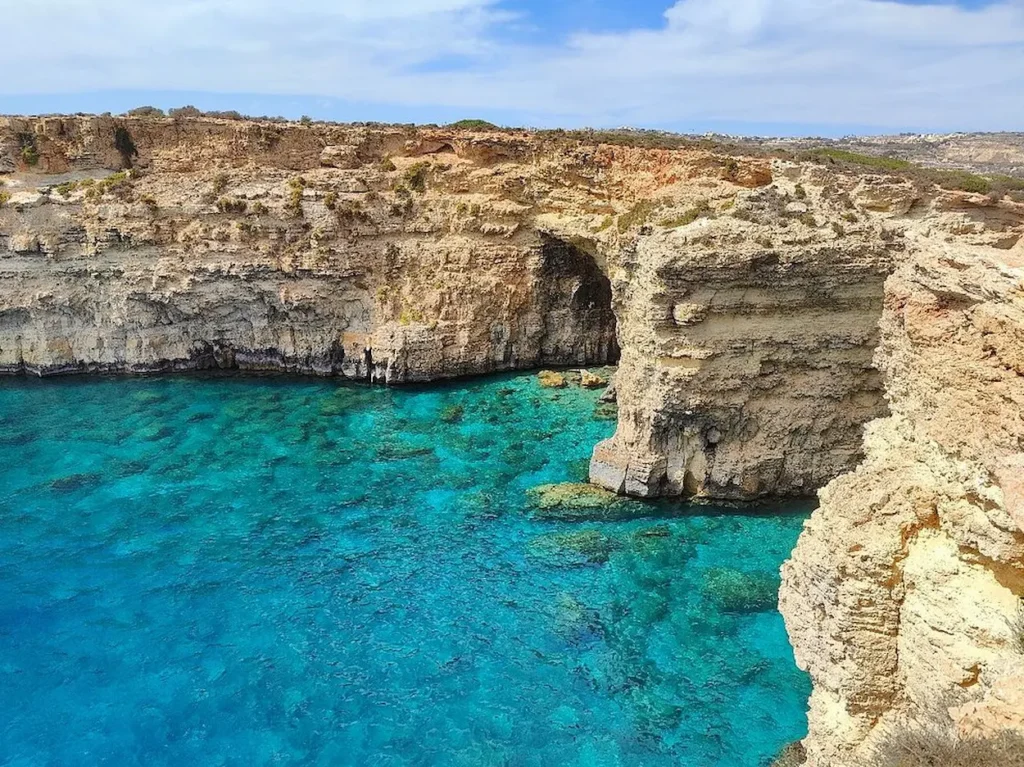
Comino is tiny but wild. If you hike beyond the beach, you’ll find rocky paths, wild herbs, and St. Mary’s Tower—a stone fortress with epic views. There are no big resorts or towns here, just snack kiosks and a lot of open sky. You can rent snorkel gear or hop on a paddleboat, but honestly, just floating is enough. This is one of Malta’s most popular spots for a reason. Arrive early to beat the crowds—and don’t forget sunscreen. You’ll want to stay all day.

6. The Historic Town of Rabat
Right next to Mdina, Rabat often gets overlooked—but it shouldn’t. It’s home to some of Malta’s most fascinating underground sites. I started my visit at St. Paul’s Catacombs, where tunnels twist beneath the surface for what feels like miles. It’s cool, quiet, and weirdly peaceful.
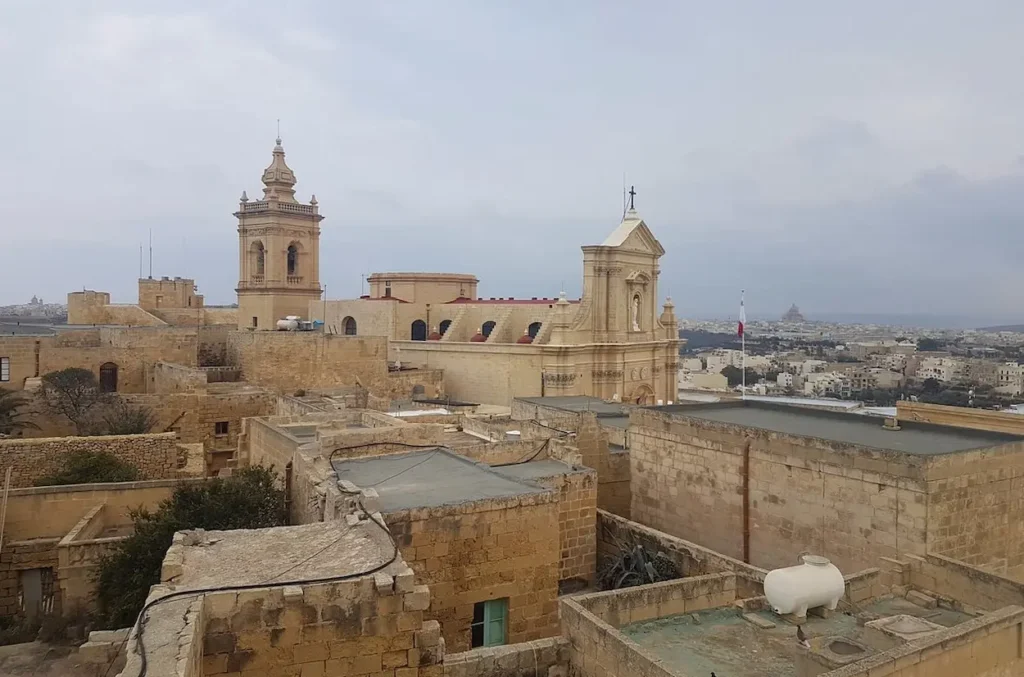
Above ground, Rabat feels like a proper town with locals going about their day. I stopped at a bakery for warm pastizzi and coffee before heading to St. Paul’s Grotto, a religious site tied to the apostle’s time on the island. Pjazza San Pawl is perfect for people-watching and getting a feel for daily life.
The vibe is laid-back, and the history is layered into every street corner. Rabat has fewer tourists than Mdina but just as much to offer. If you want history without the crowds, give Rabat a few hours—you won’t regret it.

7. The Ħal Saflieni Hypogeum
The Ħal Saflieni Hypogeum is unlike anything else in Malta—or anywhere, really. Hidden beneath the town of Paola, this underground burial site dates back over 5,000 years. Entry is limited, so I booked my ticket weeks in advance. It’s worth the planning.
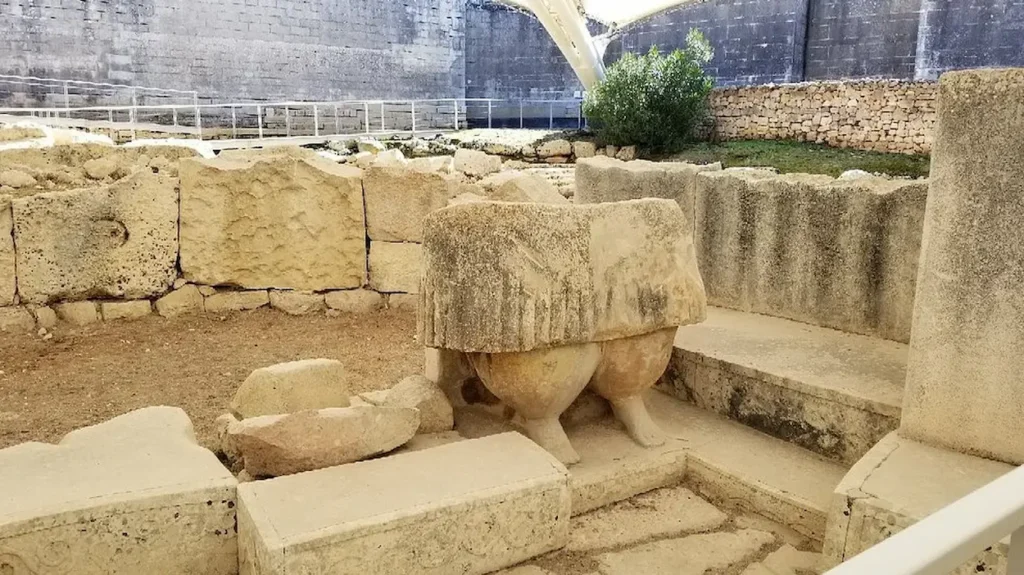
Descending into the rock-cut chambers feels like entering a sacred space. You pass through three levels of interlinked rooms carved by hand. One chamber has such perfect acoustics, it amplifies sound in eerie ways—some believe it was used for rituals.
The guided tour includes projections and lighting to help you visualize what the space might’ve looked like back then. It’s a surreal mix of archaeology, mystery, and design. Photos aren’t allowed, which honestly makes the experience even more powerful. If you love ancient history or just want to experience something completely unique, this is one of Malta’s most unforgettable spots.

8. The Prehistoric Tarxien Temples
Located in the town of Tarxien, the Tarxien Temples are an incredible peek into Malta’s prehistoric past. These ruins date back to around 3150 BCE and are part of a UNESCO World Heritage Site. Walking among the massive stone structures, it’s hard not to wonder how people moved and carved these without modern tools.
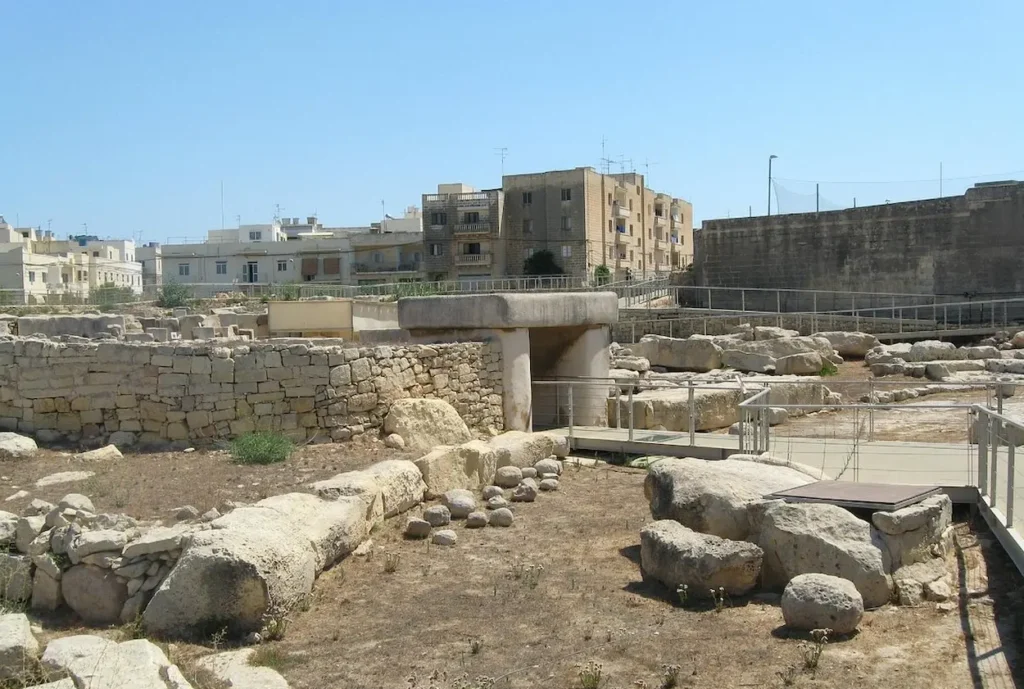
The site is surprisingly detailed. You’ll find spiral carvings, altar stones, and fragments of statues—especially the famous “fat lady” figures thought to represent fertility. I joined a short guided tour, which helped me understand the significance of each chamber and layout.
The whole complex has been well-preserved with elevated walkways and clear signage. If you’ve already visited the Hypogeum, this is a great follow-up to see Malta’s ancient surface temples. It’s quieter than other tourist spots and incredibly atmospheric. For history lovers, this is a must while you’re in the area.

9. The Mesmerizing Blue Grotto
Located near Wied iż-Żurrieq, the Blue Grotto is a series of sea caves famous for glowing blue reflections inside the rock. I arrived early and hopped on one of the small boats that take you inside—it’s quick but unforgettable. When the sunlight hits the water at the right angle, the entire cave lights up in neon shades of blue.
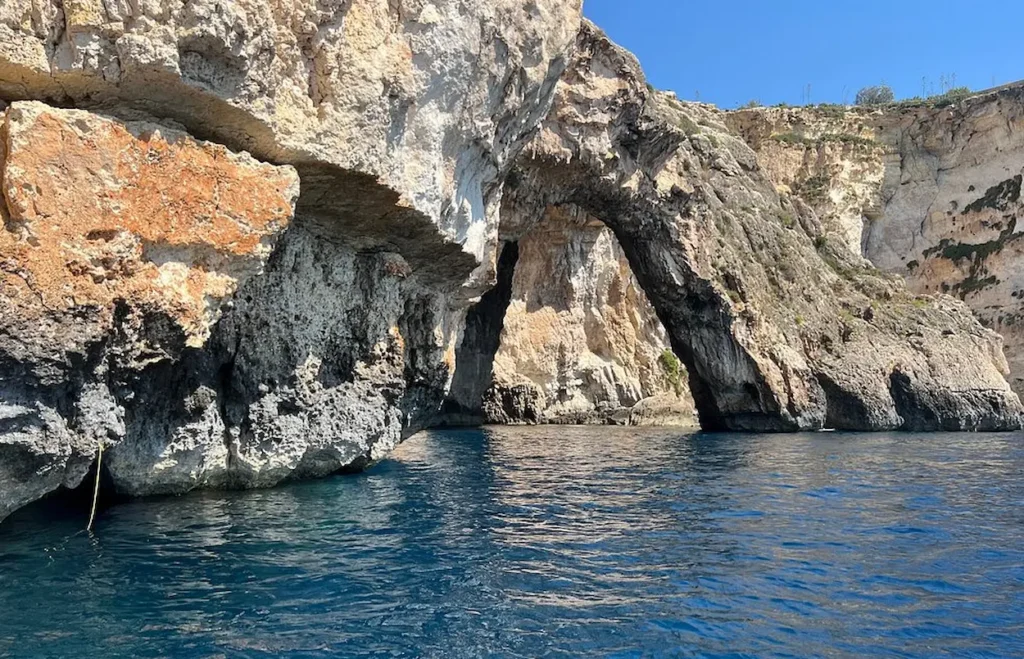
The boat ride is short, around 20 minutes, but packed with dramatic cliff views and crystal-clear water. You can also admire the grotto from the cliffside viewpoint above. I actually came back a second day just to walk the trails nearby and watch the boats below.
It’s not just a photo stop—it’s an experience. Try to visit in the morning for the best light. Whether you’re into nature, photography, or just want to float through something otherworldly, this is a highlight of any Malta trip.

10. The Breathtaking Dingli Cliffs
If you’re craving open space and views that stretch forever, head to the Dingli Cliffs on Malta’s west coast. These are the island’s highest point, and the coastal views are unbeatable. I went just before sunset and watched the sky turn gold over the Filfla Islet in the distance—it was completely peaceful.
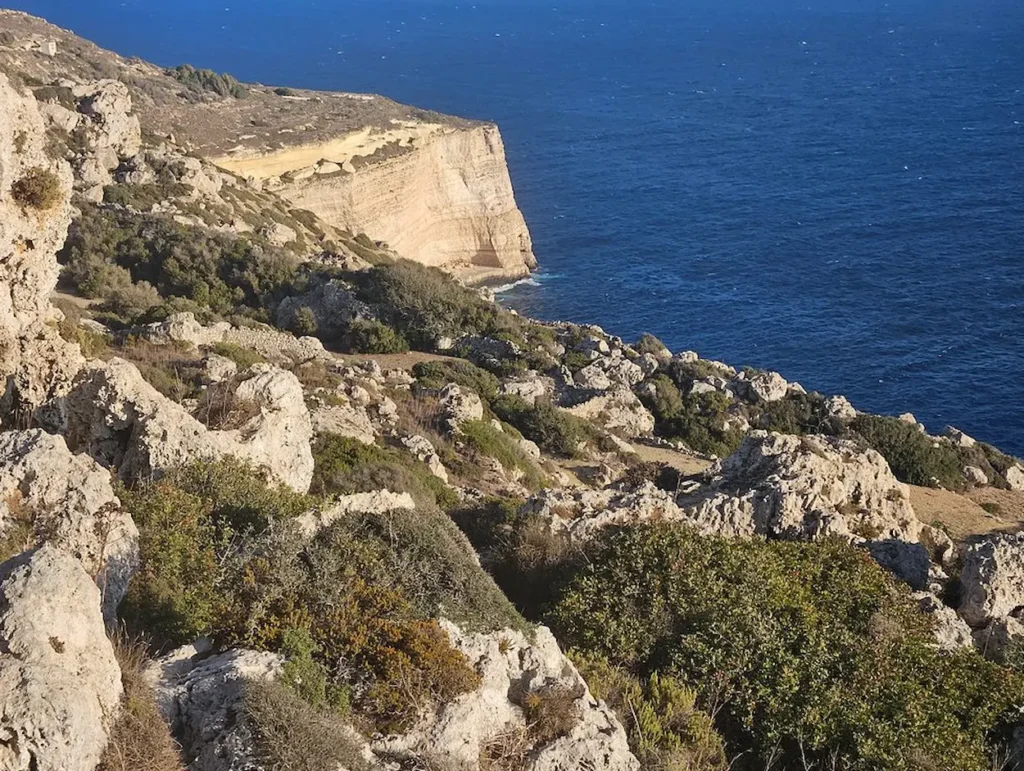
There’s not much development out here, which is part of the charm. You’ll find walking paths, quiet roads, and the small Chapel of St. Mary Magdalene perched near the edge. Bring water and snacks because there aren’t many shops nearby.
The breeze is strong, so maybe skip the hat. I spent an hour just sitting and taking it all in. This isn’t a packed tourist stop—it’s a calm, natural escape. If you need a break from the crowds or just want to see Malta from a new angle, this is the spot.

11. The Golden Bay Beach
Golden Bay Beach is where I went when I just wanted to kick back and do nothing. Located on the northwest coast, this wide sandy beach is one of Malta’s best for swimming and sunbathing. I arrived in the late afternoon and found a spot with enough room to stretch out, which is rare on other beaches.

The water is clean and calm—perfect if you’re not into waves. You can rent umbrellas and loungers, or just spread out a towel. There are also nearby trails for a light hike with sea views. After a swim, I grabbed a cold drink from the beachfront bar and watched the sun drop into the sea. Families, solo travelers, and couples all mingle here, and it never felt too loud or too quiet. If you’re looking for a relaxed beach day with all the basics covered, this is a solid pick.

12. The Historic Ħaġar Qim Temples
Just outside Qrendi, the Ħaġar Qim Temples are one of Malta’s most important archaeological sites—and they’re older than the pyramids. I visited right after a stop at the nearby visitor center, which gave great context about how these temples were built using massive limestone slabs over 5,000 years ago.
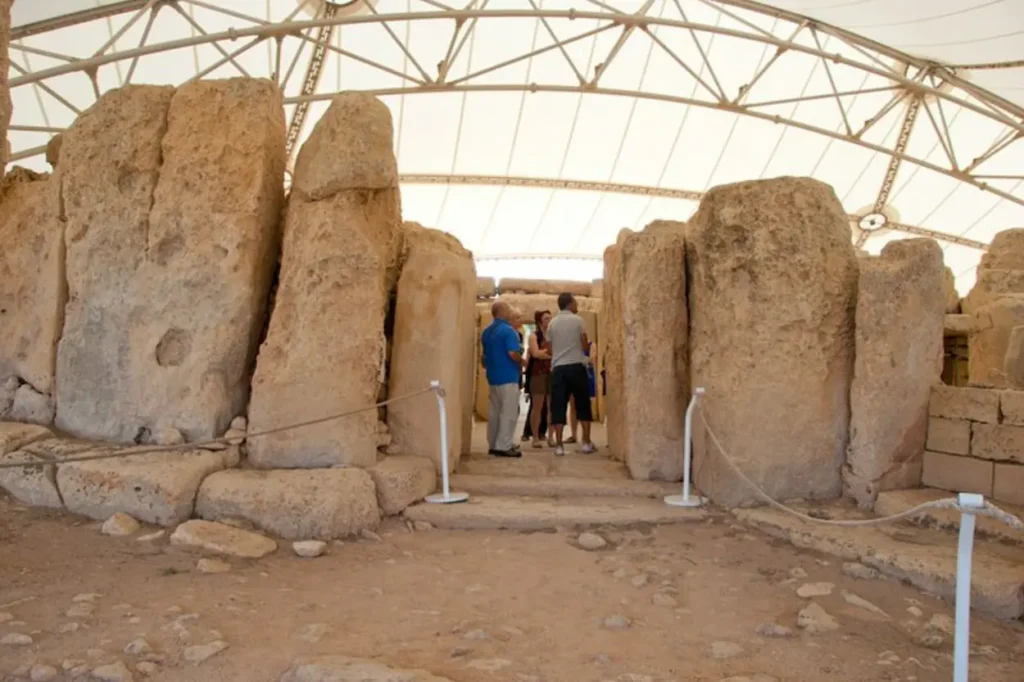
Walking through the ruins, I saw intricately carved stone altars and the base of what was once a statue of a goddess figure. The complex sits on a hill overlooking the sea, so you also get beautiful coastal views while exploring.
The nearby Mnajdra Temples, just a short walk downhill, are equally fascinating and less crowded. There’s a huge canopy covering the site to protect it from the elements, but it doesn’t take away from the atmosphere. Whether you’re into ancient history or just want to stand somewhere timeless, this place delivers.






